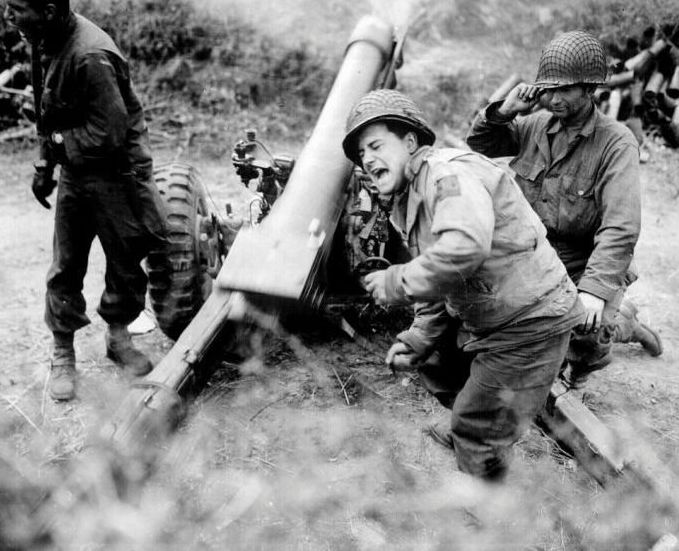|
|
History: World War II Photography
|
In the interwar period, domestic civil conflict occurred in Germany involving nationalists and reactionaries versus communists and moderate democratic political parties. A similar scenario occurred in Italy. Although Italy as an Entente ally made some territorial gains, Italian nationalists were angered that the terms of the Treaty of London upon which Italy had agreed to wage war on the Central Powers, were not fulfilled with the peace settlement. From 1922 to 1925, the Italian Fascist movement led by Benito Mussolini seized power in Italy with a nationalist, totalitarian, and class collaborationist agenda that abolished representative democracy, repressed political forces supporting class conflict or liberalism, and pursued an aggressive foreign policy aimed at forcefully forging Italy as a world power, and promising to create a "New Roman Empire." In Germany, the Nazi Party led by Adolf Hitler pursued establishing such a fascist government in Germany. With the onset of the Great Depression, Nazi support rose and, in 1933, Hitler was appointed Chancellor of Germany, and in the aftermath of the Reichstag fire, Hitler created a totalitarian single-party state led by the Nazis.
The Kuomintang (KMT) party in China launched a unification campaign against regional warlords and nominally unified China in the mid-1920s, but was soon embroiled in a civil war against its former Chinese communist allies. In 1931, an increasingly militaristic Japanese Empire, which had long sought influence in China as the first step of its right to rule Asia, used the Mukden Incident as justification to invade Manchuria and established the puppet state of Manchukuo. Too weak to resist Japan, China appealed to the League of Nations for help. Japan withdrew from the League of Nations after being condemned for its incursion into Manchuria. The two nations then fought several minor conflicts, in Shanghai, Rehe and Hebei, until signing the Tanggu Truce in 1933. Thereafter, Chinese volunteer forces continued the resistance to Japanese aggression in Manchuria, and Chahar and Suiyuan.
|
|









